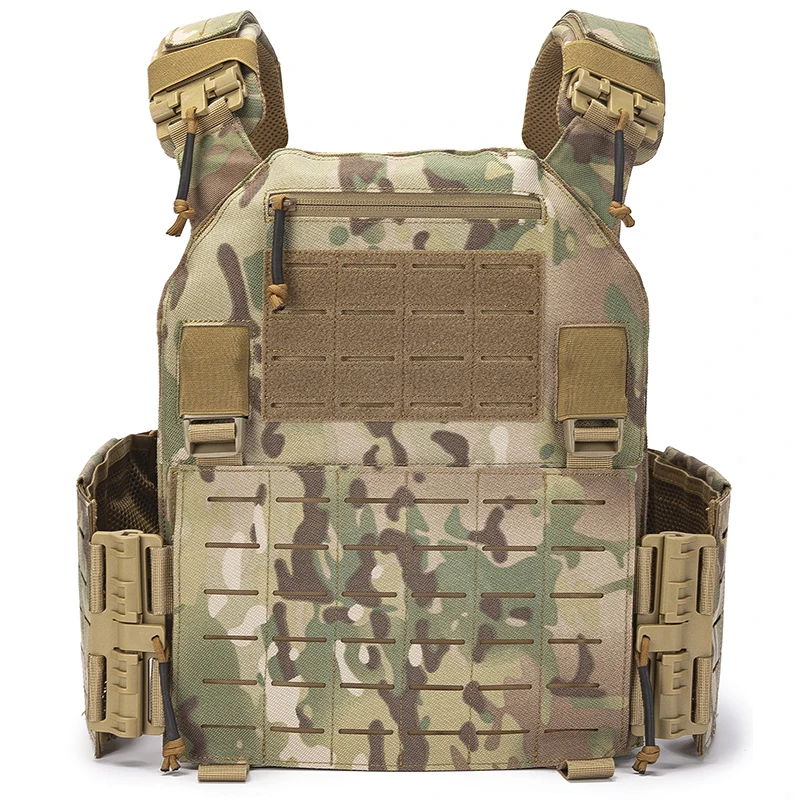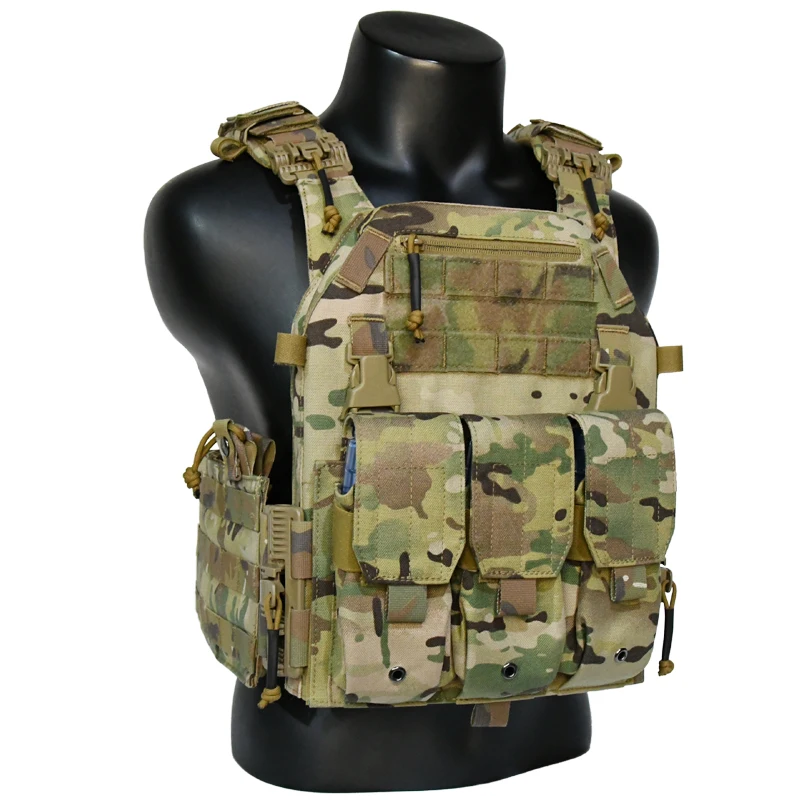Tactical Gear
PRODUCTS
Tactical Vest For Security Personnel
Ballistic Protection: The Foundation of Security
At the core of any tactical vest is its ballistic protection. The level of protection offered varies depending on the specific threat assessment and intended use. NIJ (National Institute of Justice) standards provide a framework for classifying the level of protection against different types of ammunition. Security personnel may require vests rated to stop handgun rounds, rifle rounds, or even stab and slash attacks, depending on the potential risks involved in their duties. The materials used, typically advanced composites like aramid fibers or polyethylene, are crucial in determining the vest's effectiveness and weight. Heavier vests offer greater protection but can compromise mobility, highlighting the importance of finding the optimal balance for the specific operational environment.
Furthermore, the placement and design of ballistic panels within the vest are carefully considered. For example, the inclusion of shoulder and groin protection can significantly improve overall coverage. The construction itself must also be robust enough to withstand impact and remain effective over prolonged periods of wear. Regular inspection and maintenance are paramount to ensure the vest retains its protective capabilities. Damage, even seemingly minor, can compromise the integrity of the ballistic protection, potentially rendering it ineffective in a critical situation.
Modular Design and Adaptability
Modern tactical vests embrace a modular design, allowing for customization based on individual needs and operational requirements. This modularity extends to the addition of pouches, carriers, and accessories. These additions can include radio pouches for maintaining communication, magazine pouches for carrying extra ammunition, medical pouches for first aid supplies, and even hydration systems for extended deployments. This adaptability ensures that security personnel can carry essential equipment efficiently and conveniently without compromising mobility.
The ability to quickly adjust and reconfigure the vest based on changing operational needs is invaluable. A vest suitable for a static security post might require different pouches and attachments than one used in a mobile patrol or active shooter response. This flexibility ensures that the vest remains a versatile and effective tool across various scenarios. The use of MOLLE (Modular Lightweight Load-carrying Equipment) webbing is common, providing a standardized system for attaching various pouches and accessories.
Comfort and Ergonomics: A Critical Factor
While protection is paramount, the comfort and ergonomics of a tactical vest cannot be overlooked. Security personnel often wear these vests for extended periods, and discomfort can lead to reduced effectiveness and even injury. Factors such as breathability, weight distribution, and adjustability are crucial for maintaining comfort throughout prolonged wear. The use of breathable materials and well-designed padding systems can significantly mitigate discomfort and prevent chafing.
Proper fit is also essential for both comfort and effective protection. A poorly fitting vest can restrict movement, limit access to essential equipment, and reduce the effectiveness of the ballistic protection. Adjustable features, like straps and buckles, are vital for ensuring a personalized and secure fit. Regular adjustment throughout the day is recommended to maintain optimal comfort and performance.
Technological Integration and Future Trends
The integration of technology into tactical vests is becoming increasingly prevalent. Features such as integrated camera systems, GPS tracking, and even body-worn cameras are becoming standard in many advanced vests. This integration allows for improved situational awareness, enhanced communication, and the ability to record critical events for evidence gathering and post-incident analysis. These technological advancements further enhance the overall effectiveness and utility of the tactical vest.
Future trends in tactical vest design are likely to focus on even lighter and more breathable materials, advanced ballistic technologies, and greater integration with other personal protective equipment. The development of smart materials that can adapt to different threat levels and environmental conditions is an area of ongoing research, promising even greater protection and versatility for security personnel in the years to come.
SUBSCRIBE
INQUIRY










